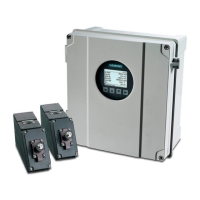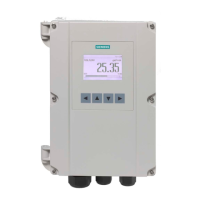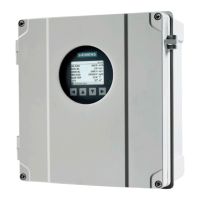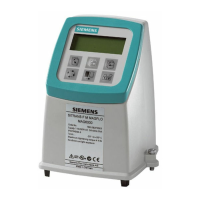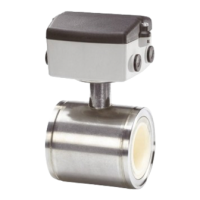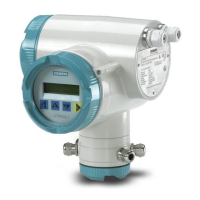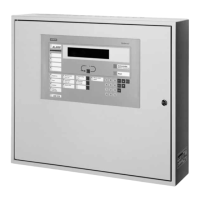4
34 | 242
4.6 Functions
This chapter describes the most important functions that can be supported by the
fire detection system.
Decision on alarm
The danger signals of the detectors are evaluated by the ↑ zone. The decision on
alarm is made at zone level. Decision on alarm can be configured as follows for
each zone:
● ↑ Single-detector dependency
In the case of single-detector dependency, a fire alarm is triggered when the
first detector within a zone reports the relevant ↑ danger level.
● ↑ Multi-detector dependency
In the case of multi-detector dependency, the danger levels from several
detectors are included in the alarm decision (e.g. two detectors report danger
level 3).
↑ Alarm verification concept for delayed alarm transmission
The alarm verification concept (AVC) serves for delayed alarm transmission. The
operating personnel are integrated into the alarming process. During attendance
check (t1) the system checks whether operating personnel are on site. The
operating personnel can examine the fire location during the investigation time (t2)
and can prevent the alerting of the fire brigade in case of ↑ false alarm.
This behavior is only applicable in 'Manned' operation mode. In 'Unmanned'
operation mode, the alarm transmission is activated immediately. In 'Manned' and
'Unmanned' operation modes, detectors can be operated with different
↑ parameter sets.
An attendance check delay (t1) can be configured for each fire control panel. The
investigation time (t2) can be defined by ↑ zone.
↑ Multi-detector dependency
In the case of multi-detector dependency, the ↑ danger levels from several
detectors are included in the alarm decision (e.g., two detectors report danger level
3).
2-detector zone dependency
A detector zone comprising one or more detectors triggers a first alarm. A main
alarm is triggered by the second detector zone's alarm. Only the main alarm
triggers other important controls such as extinguishing or remote transmission.
Controls
Universal controls can be configured to automatically actuate the appropriate
controls in the event of an alarm. Any events (e.g. alarm or isolation) are linked
logically (OR, AND, NOT) to activate the controls (e.g. the closing of fire doors).
In networked installations, controls can be configured system-wide.
Evacuation
To ensure a controlled evacuation of people from the building in the event of fire, it
is possible to configure chronological alarming in different building sections.
Remote access
SintesoView provides a PC-based operating terminal for remote access to the fire
detection installation. Remote access to the fire detection installation is possible
with SintesoView. SintesoView is connected to the Ethernet interface of a
↑ station.
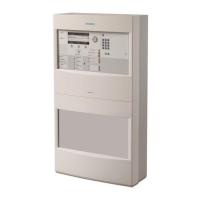
